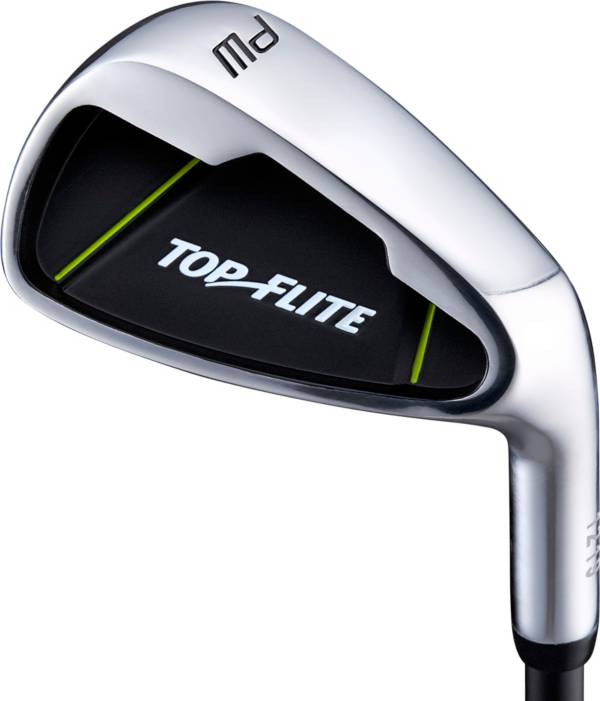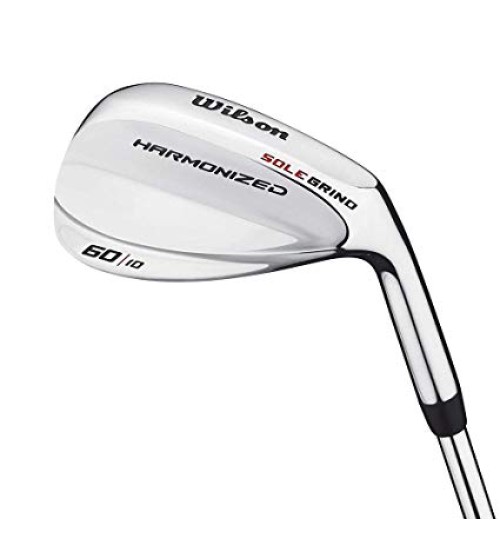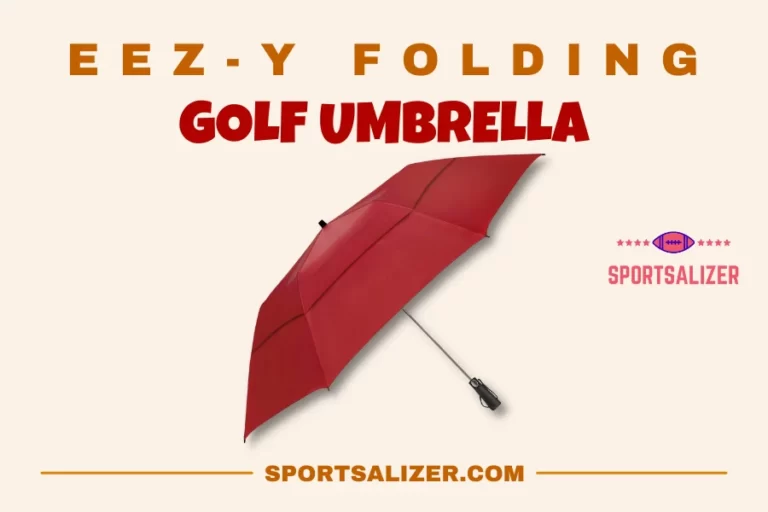Belly Wedge In Golf (4 Easy Steps To Master The Trick)

One common method to have lower scores and a better chance at winning is a “Belly Wedge in Golf.”
A belly wedge is one of the important shots a golfer should know how to play. It is a relatively easy shot to execute and master with minimum chances of error; hence, it is frequently used by many players.
Let’s now dive further into the details one must know about the belly wedge in golf.
Contents
What Is A Belly Wedge In Golf
A ‘belly wedge’ is played when a player nearly misses the green and the ball stops against the collar, where 2 different lengths of grass meet.
Due to the grass wedged between the golf ball and the club face, it becomes difficult to control the distance when using a conventional shot. This is where the ‘belly wedge’ comes in hand.
It is called a ‘belly wedge’ because the club is positioned in such a way that when struck, the point of contact will be the middle or belly of the ball.
Upon hearing it for the first time, a “belly wedge” may sound very complex and challenging to learn, but on the contrary, it is pretty simple. One can quickly master a “belly wedge” with little practice.
How To Play A Belly Wedge
As we now already know what a belly wedge is and when it is used, let us now look at how to hit a belly wedge:
- Take your normal putting stance and grip the club as you usually do.
- Hover the club over the grass so the leading edge is in line with the middle of the ball.
- Aim like your normal putting stroke, and tilt the club backward, above the level of the grass.
- Strike the belly of the ball using your putting stroke to create a top spin and purposefully shorten the distance so the ball can reach the green easily or even hit the hole.
This technique is efficient because the golf club does not experience any resistance from the grass when struck, so the ball travels speedily, and it is easier to achieve the desired pattern.
Pitching Wedge or Sand Wedge?
While many players use a sand wedge for hitting a ‘belly wedge,’ it is suggested to use a pitching wedge as it has a much straighter edge, which is beneficial for aiming correctly, having clean contact, and getting a perfect roll.


Both the wedges are high loft clubs, but let us look at the factors that differentiate them from one another:
| PITCHING WEDGE | SAND WEDGE |
|---|---|
| Pitching wedges have straighter edges. | Sand wedges have curved edges. |
| Pitching wedges have lesser loft than sand wedges. Their loft ranges between 44-50 degrees. | They have almost 10 degrees more loft than a pitching wedge, i.e., their loft is between 54-58 degrees. |
| The ball travels about 110-140 yards when hit with a pitching wedge. | The ball travels around 90 yards when hit by a sand wedge. |
| A ball struck using a pitching wedge travels farther. | A ball struck by the sand wedge does not travel much far but reaches higher than the ball struck by the pitching wedge. |
| A pitching wedge should be used when the golf ball gets stuck in the thicker roughs. It also gives you better control when hitting the ball. | As we get a significant amount of spin from the sand wedge, it stops the ball on the green very quickly. It is perfect for getting the ball out of the sand. |
Types Of Golf Wedges
Except for the two discussed above, there are three more golf wedges any golfer needs to know about. Let us look at the specifications of each of these wedges in detail.
Gap Wedge
Also known as an approach wedge, they have second-least lofts. The loft generally ranges between 46-54 degrees. They are primarily used for short shots.

These lie between the pitching wedge and sand wedge, i.e., they are used for shorts that are shorter for the pitching wedge but are longer for the sand wedge. When appropriately struck by the gap wedge, the ball travels a distance of 90-110 yards.
Lob Wedge
Lob wedges are generally not included in most golf club sets. They have the highest loft as compared to the other three. The loft ranges between 60-63 degrees.

A lob wedge is used when we want the ball to land softly on the ground and when we want to land precise shots. The ball rises quite high when struck by the lob wedge and travels a distance of about 70 yards.
‘Super’ Lob Wedge
The last wedge on the list is the super lob wedge. They are hard to find and rarely seen to be included in golf sets. They have the most loft as compared to all the wedges.

You can hit very high using the super lob wedge. The loft is 64 degrees. The ball can travel up to a distance of 60 yards. These wedges are great for short bunker shots. Super log wedges are the least common golf wedge of all.
Ways To Improve Your Wedge Play In Golf
After knowing how to hit one, let us look at the ways which may help you to improve your wedge play:
- Find the right grind: The sole’s grind should resemble how you hit the ball. A narrow sole grind matches well with a shallow swing, whereas a wider sole grind matches up with a steep swing.
- Slide the ball: When making a swing, do not stop after hitting the ball; slide through it.
- Find the ideal-sized wedge: Find a wedge that best suits you, which is neither too heavy nor too light in weight.
FAQs
Which four kinds of golf wedges are there?
The four types of golf wedges that can be found in most golfers club sets are:
Pitching Wedge
Gap Wedge
Sand Wedge
Lob Wedge
Do pros carry 3 or 4 wedges?
About 80% of the golfers, be the pros or general players, carry 4 wedges, and the rest 20% prefer to carry 3 wedges.
What kind of wedge is used the most in golf?
Wedges for pitching with a loft of 46 degrees and a range of 110-120 yards are the most commonly used wedges.
How many clubs can you play with at once?
In a game of golf, every golfer is allowed to play with only 14 clubs of their choice. The player chooses the clubs best suitable for them.
It is recommended to have at least 3 golf wedges in the bag.










